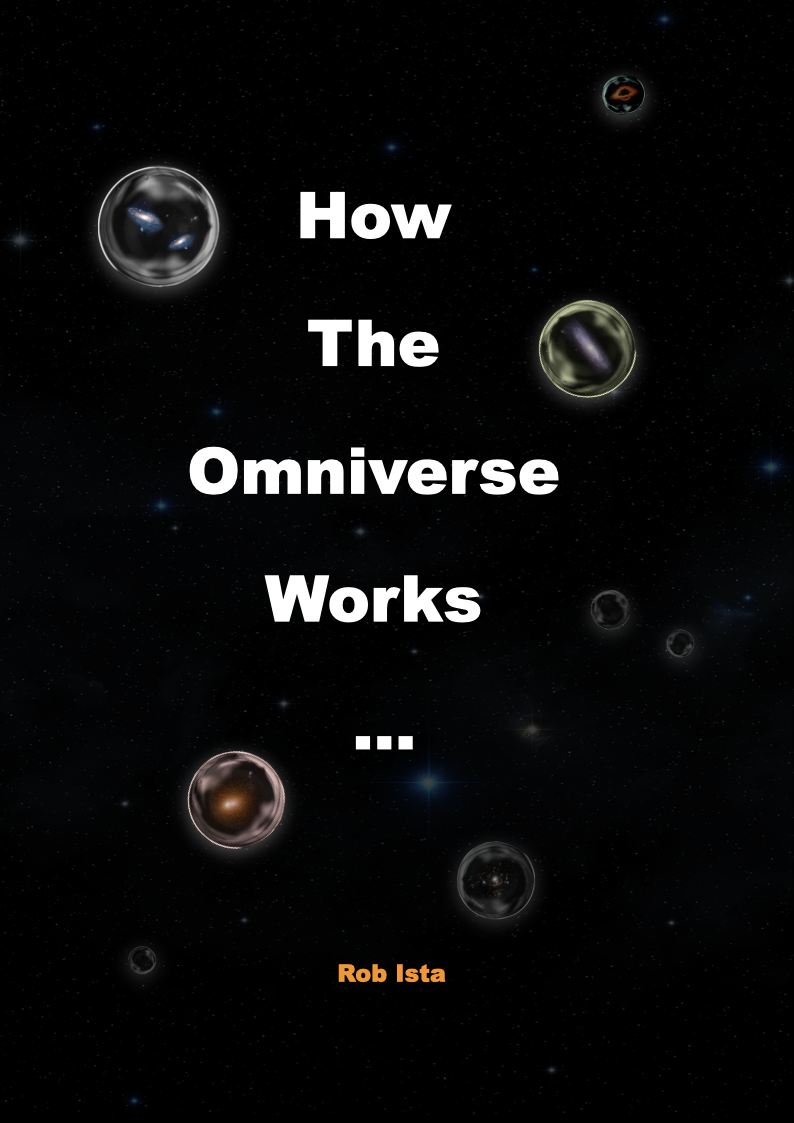 I have always been deeply fascinated by the phenomena of our universe. Solar and star systems, the Big Bang, black holes, dark energy and matter and especially the theories surrounding quantum fields and relativity intrigued me endlessly.
I have always been deeply fascinated by the phenomena of our universe. Solar and star systems, the Big Bang, black holes, dark energy and matter and especially the theories surrounding quantum fields and relativity intrigued me endlessly.
This fascination brought forth questions that constantly occupied my mind, such as: "What existed before the universe and what comes after?" "Why can’t we properly relate gravity to the other three fundamental forces?" "Why do we know so little about dark matter?" "Will we discover more elementary particles after the Higgs?" "What is spacetime and what happens if it ceases to exist?" — and many more.
These questions are no different from those that have puzzled renowned scientists for decades. Yet, after reading something by Penrose and with a nod to the inspiring TV-series "How the Universe Works", I felt that even his perspective did not present a fully holistic view. Something was still missing, leaving all the above questions unanswered.
I became ambitious. I wanted solutions and extensions of existing theories and although speculative and divergent from the mainstream consensus, still rooted in physics.
To explain the concept of the Omniverse, I propose the existence of a new fundamental and (fermionic) quantum field: the O-field. Unlike the quantum fields we know from modern physics, which exist only within the framework of spacetime, the O-field is more fundamental and omniversal. It exists everywhere — even in regions where spacetime itself does not. Key to its role is the generation of energy through differences in entropy within the field, a process that gives rise to what we perceive as dark energy.
Want to read the full story? Get it here: How The Omniverse Works as PDF or as EPUB here.
Enjoy!
Update: The first version calls the proposed O-particle an O-Quark. While this is an appealing term to most readers, it is misleading to physicists. By definition, a quark has color charge. The O-particle does not. So in the latest version of this booklet, the name of the particle has been changed to O-Fermion. A 1-minute scan and replace, but still it was a mistake. My bad.